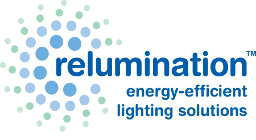We’ve heard a lot about the U.S.’s attempts to go green. We know, for example, that the solar power industry has been growing at an increased rate. We also know that renewable energy capacity both locally and across the world is higher than it’s ever been before. However, it’s hard to take all the individual pieces of information, and fit them into a big puzzle. Especially if you’re trying to answer the big question, which is “when will the United States run on renewable energy?”
Sometime around 2030, assuming the numbers from the University of Colorado are accurate.
Will 78 Percent of Our Power Come From Renewables?
One of the biggest problems with green energy has been that it’s intermittent. Sometimes the sun shines brightly, and sometimes the wind blows strong, but sometimes the opposite is true. Given the size of the United States, though, there’s always going to be sun shining, wind blowing, and water flowing. So the key is to install capacity that scales with the weather patterns in the U.S.
What are the benefits, aside from cutting carbon emissions and slowing (or potentially reversing) global warming? Well, by installing enough green energy to meet our needs (or a little over 3/4 of our needs), we would see steadier energy costs which are unaffected by the costs of fossil fuels. We’d see more economic growth, and more jobs in green energy fields. We’d also eliminate our need to import fuels from other countries, making the U.S. self-reliant for its own power needs.
All good goals, and cutting emissions will be the cherry on top. But there’s still a long way to go in the next 14 years, and the decisions we make economically and politically are going to be the ones that determine if we fall short, meet, or surpass the numbers Colorado has laid on the table.





